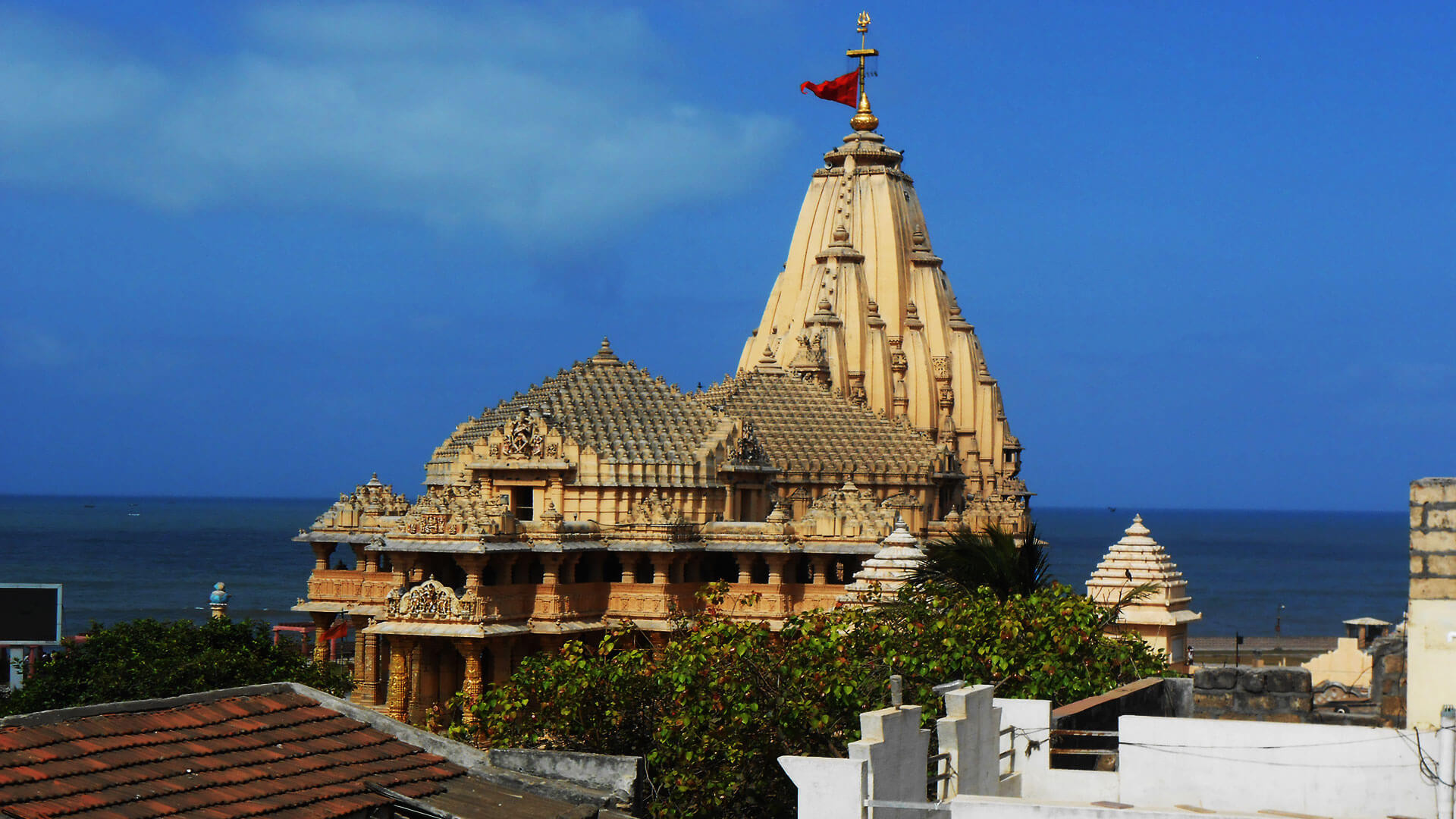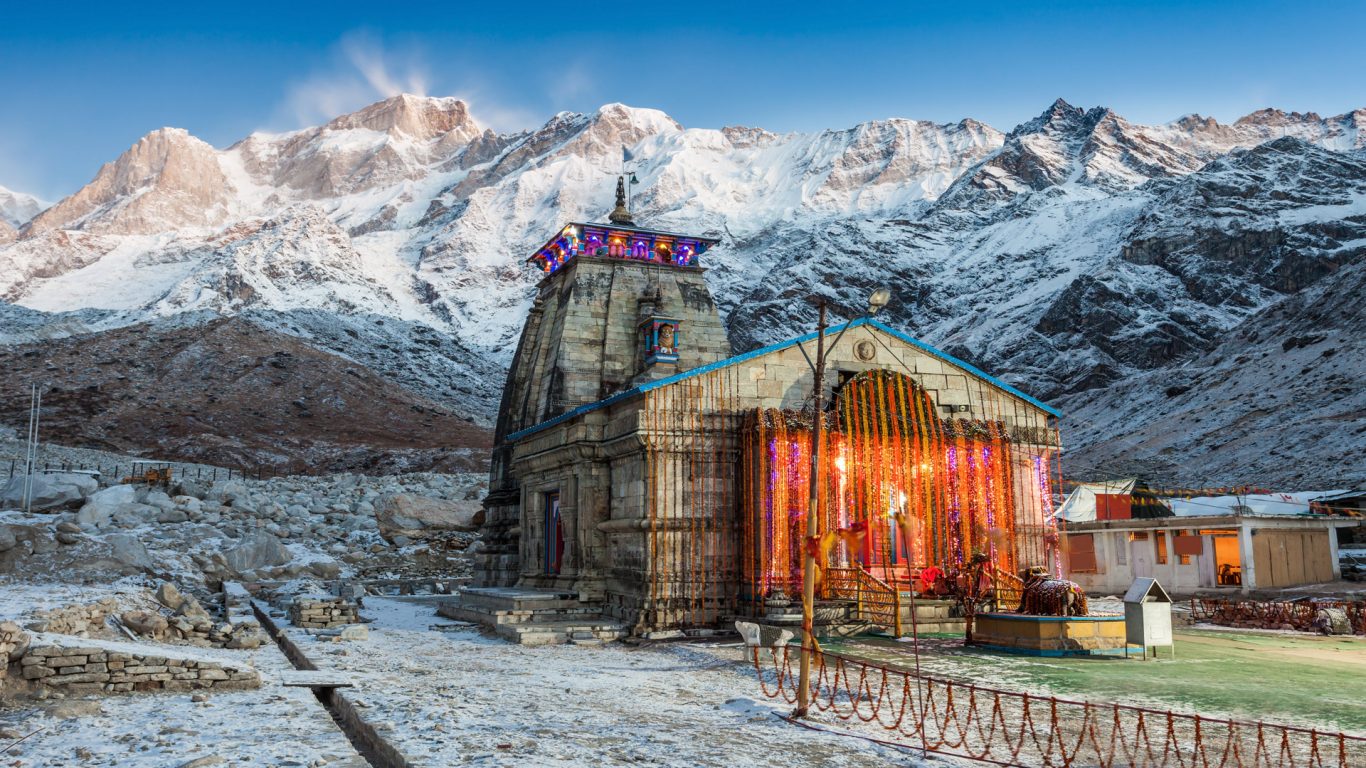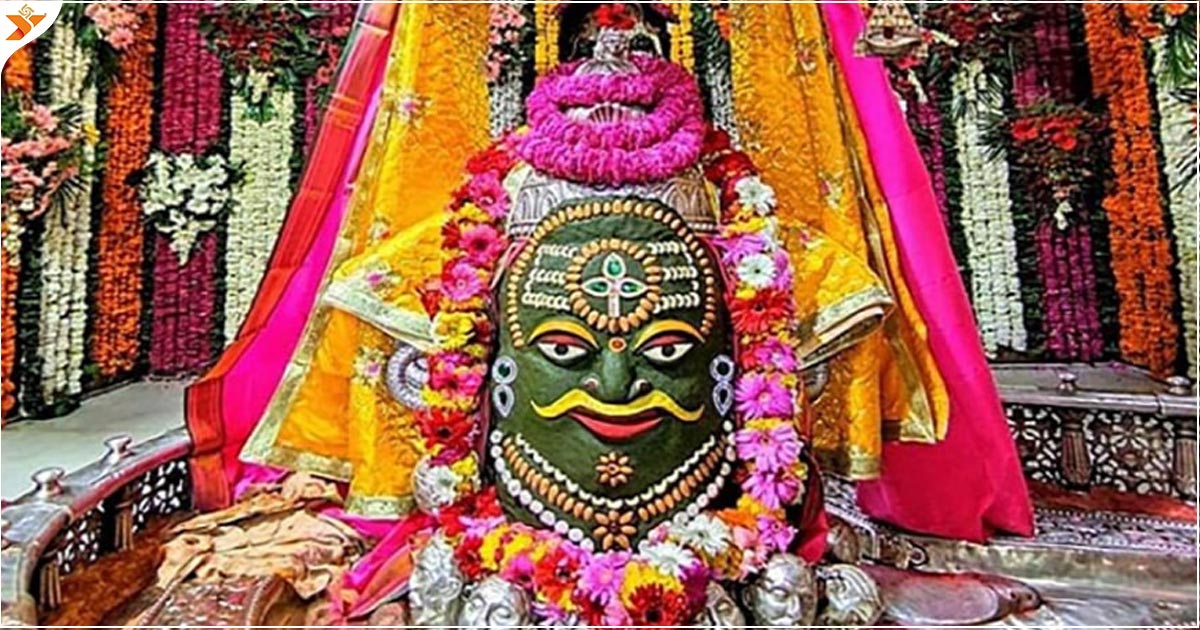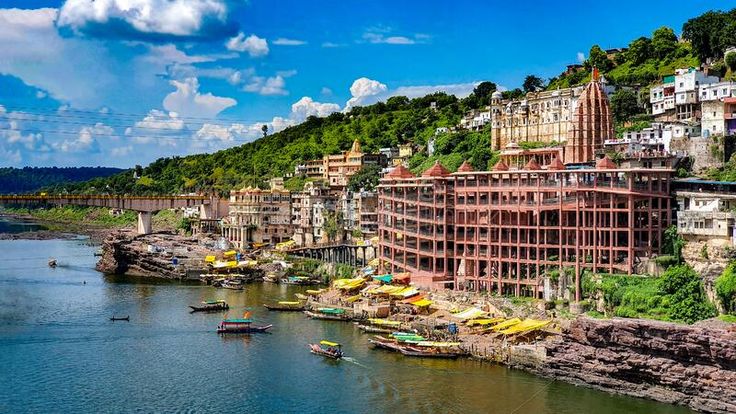Divine Visuals




The Jyotirlingas showcase India's diverse sacred geography - from the shores of Gujarat to the Himalayan peaks, from dense forests to river islands. Each temple's architecture reflects its regional traditions while maintaining the cosmic symbolism of the Jyotirlinga.